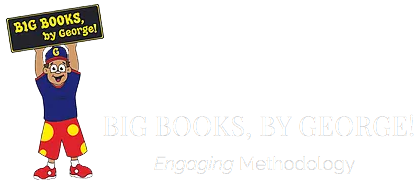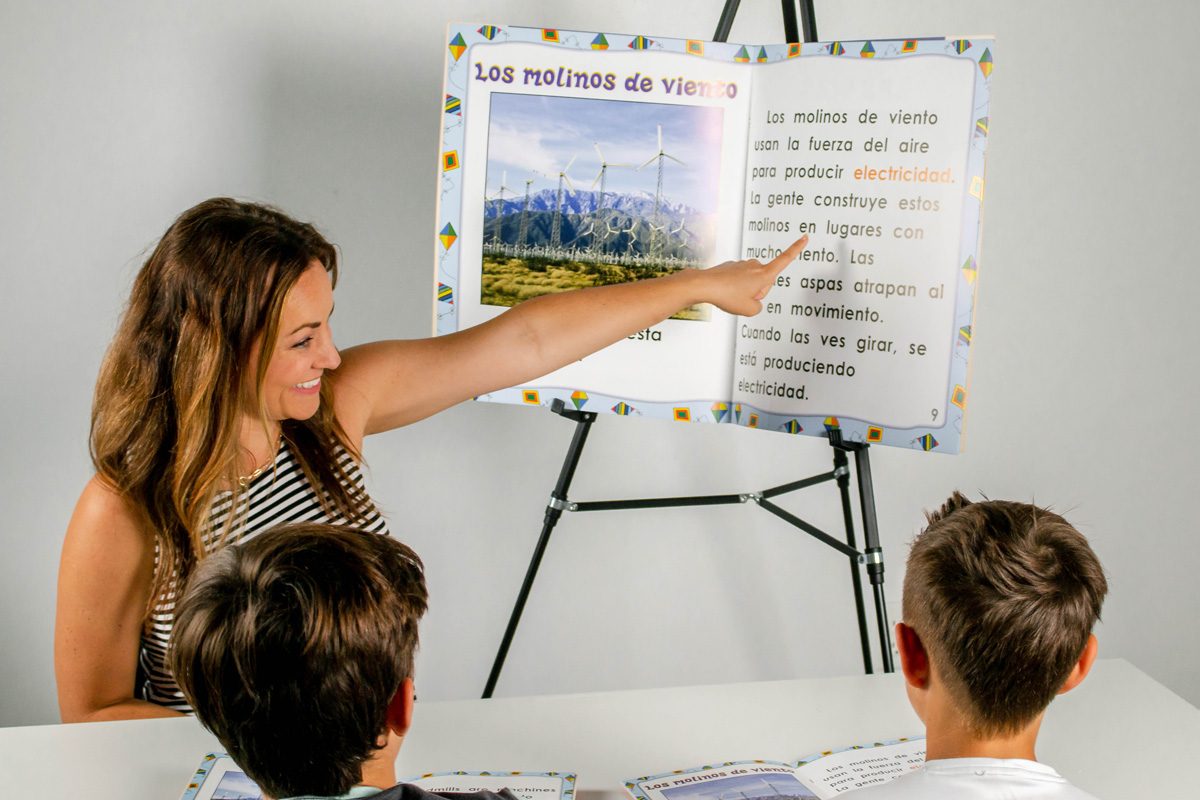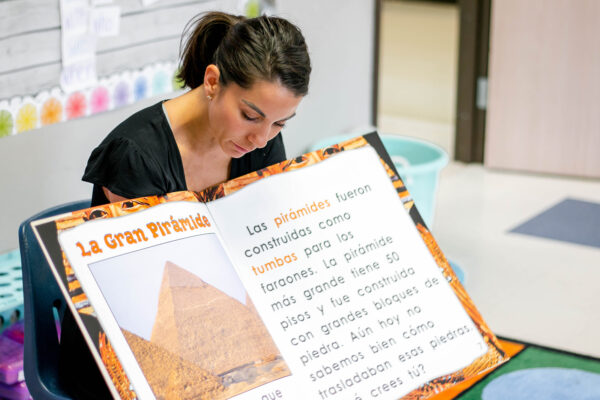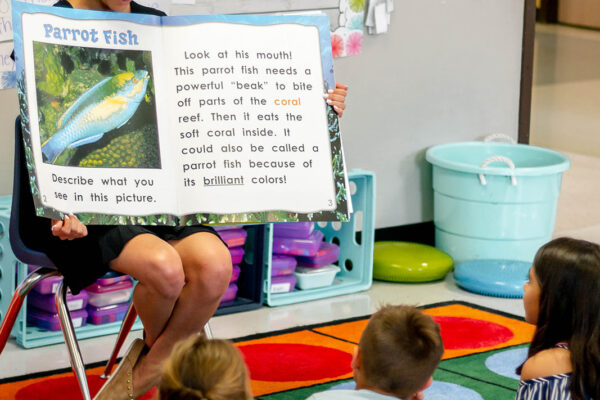Cognitive strategies to implement optimal learning has begun to take hold and trickle down into elementary school classrooms, not because it is trendy, but because it works. This new study, discussing the science of learning, focused on 6 main cognitive strategies for learning. This article will seek to explain the first 3, with a ‘part 2’ of this blog to come next. So turn on your thinking cap, and let the ideas flow!
Spaced Practice

Spaced practice first dates back to being researched in the 19th century. And the conclusion is simple: Learning information over a spaced amount of time (lets say, over 3 days) is retained better and longer than repeated memory exercises within the same day. By dividing the brain’s memory process into two types, namely, memory retrieval strength (the ease with which information can be recalled – think vocabulary words for students) and memory storage strength (how deeply information is stored in the memory), researchers have found the following to be true:
“…the information learned through
‘cramming’ will be rapidly forgotten due to high retrieval
strength and low storage strength (Bjork & Bjork, 2011),
whereas spacing out learning increases storage strength by
allowing retrieval strength to wane before restudy.”
So, breathe easy, instructors! Daily instruction in small bits of time adds up more than a full day of focusing on one lesson. While this does require some upfront preparation, science confirms that your students will be more ready on test day with this method.
Interleaving
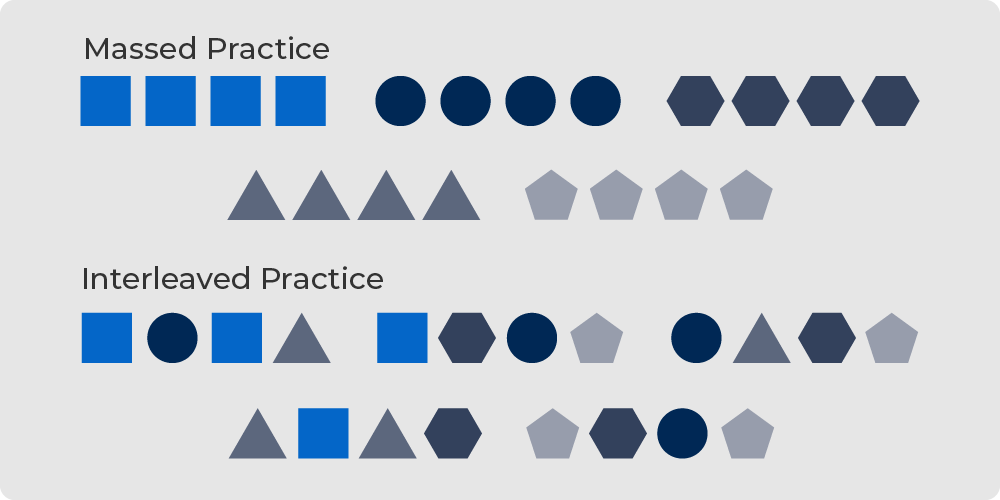
“Interleaving occurs when
different ideas or problem types are tackled in a sequence,
as opposed to the more common method of attempting
multiple versions of the same problem in a given study session
(known as blocking).”
Best suited for math, the main benefit of interleaving is that it teaches students the right time to choose a certain learned method for solving a problem and not just learning the method itself. For example, if a student is learning how to calculate the volumes of shapes, the brain acquires a better understanding of the method to solve the problem when applying the method to many different kinds of shapes in a row, rather than many question about the same shape in a row. And this learning extends beyond solving solutions.
In a study measuring students’ abilities to match art works with their respective painter, students using the interleaving method to match artwork performed better than those show the artwork by specific painters in a block fashion.
Retrieval Practice
Did you know that taking tests actually results in better understanding and retrieval of the material being tested? That’s right! Taking practice tests aren’t such a bad idea after all. It was also found that when students know they will be tested, the information studied was encoded more deeply into their retrieval memory.
One barrier to retrieval practice is the presence of anxiety during test taking. If a student is showing anxiety, there is a high chance that it will impede or lower the efficacy of retrieval practice. It seems as if daily practice for “testing” is the best way to prepare students for tests while making the most of retrieval practice.
Stay tuned for Part 2 of the Science of Learning!
